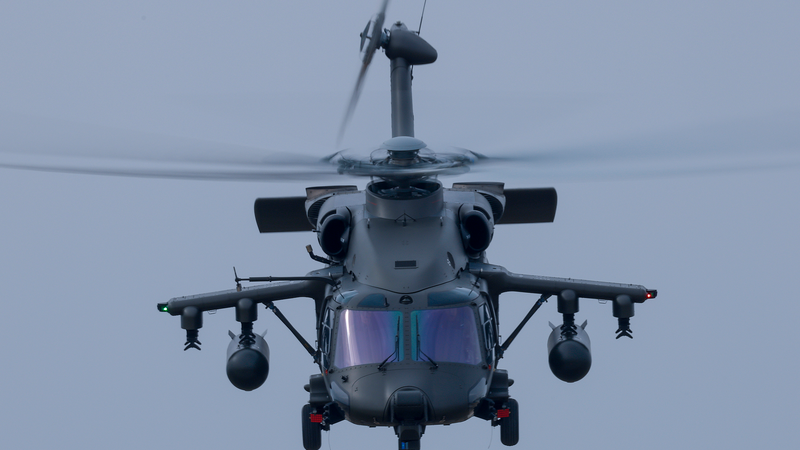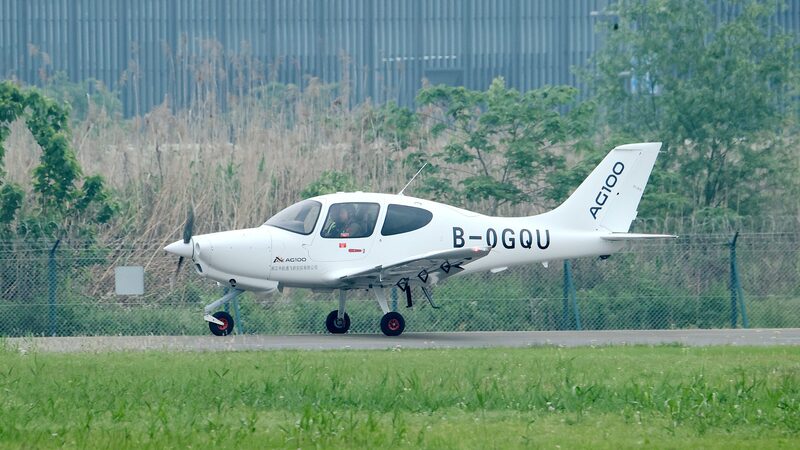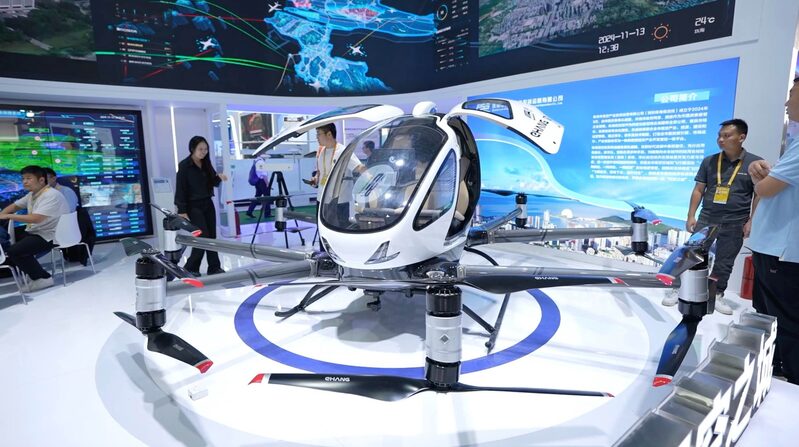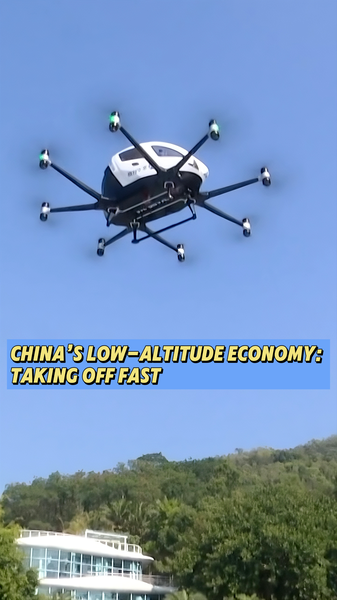Imagine a future where emergency medical supplies arrive via drone within minutes, power lines self-monitor through autonomous aircraft, and tourists soar above scenic landscapes in electric air taxis. This vision is becoming reality as China's low-altitude economy – defined as business activities below 3,000 meters – transforms industries through aviation innovation.
At the heart of this revolution lies Tianjin's 7th International Helicopter Expo, where industry leaders recently showcased cutting-edge applications. "From precision agriculture to urban air mobility, we're witnessing unprecedented integration of aviation technology with traditional sectors," said AVIC Deputy General Manager Zhang Xiaogang during the 2025 China Helicopter Development Forum.
The sector's growth reflects strategic national priorities:
- Emergency Response: Helicopter-based rescue systems reduced disaster response times by 40% in mountainous regions
- Logistics Revolution: Drone delivery networks now serve 12 provincial-level regions
- Infrastructure Maintenance: Automated inspection drones cover 8,000km of power lines monthly
- Tourism Innovation: Aerial sightseeing routes increased 150% year-on-year in coastal provinces
With the low-altitude economy projected to contribute $73 billion annually by 2025, investors eye opportunities in supporting infrastructure like vertiports and air traffic management systems. The Civil Aviation Administration of China recently streamlined regulations to accelerate 35 pilot programs across the country.
Reference(s):
China's burgeoning low-altitude economy empowers diverse industries
cgtn.com






